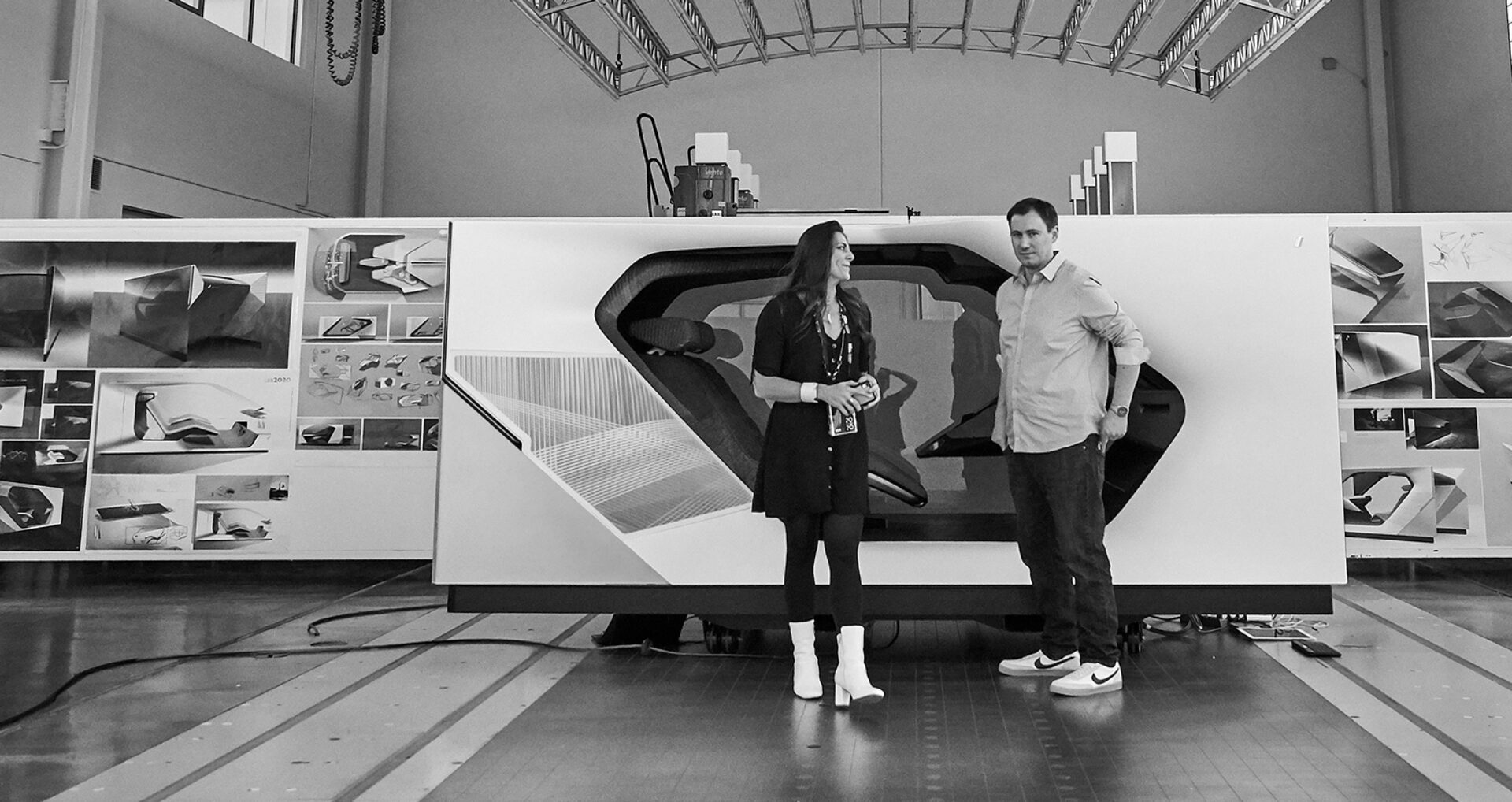The following is an excerpt from IIDA’s annual Industry Roundtable report, Industry Roundtable 23: The Future of Place, Experience, and Worklife. The roundtable took place at BMW Designworks in California. Read the full report here.
We used to talk about nature as restorative; now we talk about nature needing to be restored. Climate change creating a world we don’t recognize dominates the cultural discussion and our collective fears. “The deferral of massive environmental issues is catching up with us,” says Jeff Fenwick, Ind. IIDA, president and CEO of Tarkett North America. Global warming and political instability have already increased the price of raw materials, complicating budgets and cost estimates.
“It’s the economics of climate change. The stress on resources will continue to increase costs of manufacturing, shipping, and recycling,” Jon Otis, IIDA, founder and principal of Object Agency (O|A) notes.
With accelerated urgency about global warming, companies are trying to do right where governments and politicians are failing, and designers are taking on the charge, from advocating for carbon-neutral building codes and systems support to steering clients to make earth-friendly choices. “We need to find ways to be carbon-neutral—and ultimately climate- positive—as quickly as possible,” Verda Alexander, IIDA, principal and co-founder of Studio O+A urges.
The next wave, says Mavis Wiggins, Assoc. IIDA, and managing executive at TPG Architecture, LLP “is the conservation of resources, and figuring out how to harvest them without harming workers and local communities.”
With humanity having compromised our home planet, there’s an increased likeliness of needing to find alternative accommodations, so to speak. The moon? Mars? Space stations? The new frontier is outer space. This reality presents many design challenges and opportunities, from navigating zero-gravity conditions to “designing for hostile climates,” says Jennifer Busch, Hon. IIDA, and vice president at A+D.
Before we conquer outer space, though, we have to better utilize outdoor space— even as it becomes a more extreme environment. “In the workplace, outdoor space lags by about 30 years from an innovation standpoint,” Kirt Martin, chief creative officer at Landscape Forms explained. There’s a big opportunity to shift our thinking about alfresco environments from leisure and break spaces to areas that support solo and group productivity.
Younger employees have especially demonstrated a strong interest in working out of doors, so providing better-designed, tech-enabled, plein-air experiences will help keep this generation engaged. Outdoor spaces need to be designed not only to support productivity but also to telegraph a different message, Martin says. “It’s really about the optics: Creating intentionally designed spaces that signal something important is happening there. If they look like respite spaces, they don’t get used.” Think about the entire campus as an opportunity to boost culture and the bottom line. “Outside is the least expensive area to invest in and has huge returns,” Martin continues.
He’s found that, even in colder climates, utilization rates are so high when the weather permits that overall annual usage is equivalent to that in warmer places. Of course, many clients rightly have concerns about air quality, just one of many constraints including noise and wind. “We have to deal with a litany of issues that are not in the indoor realm,” Martin agrees. It’s not easy to navigate, but at the end of the day, “it’s just a design problem to be solved.”
